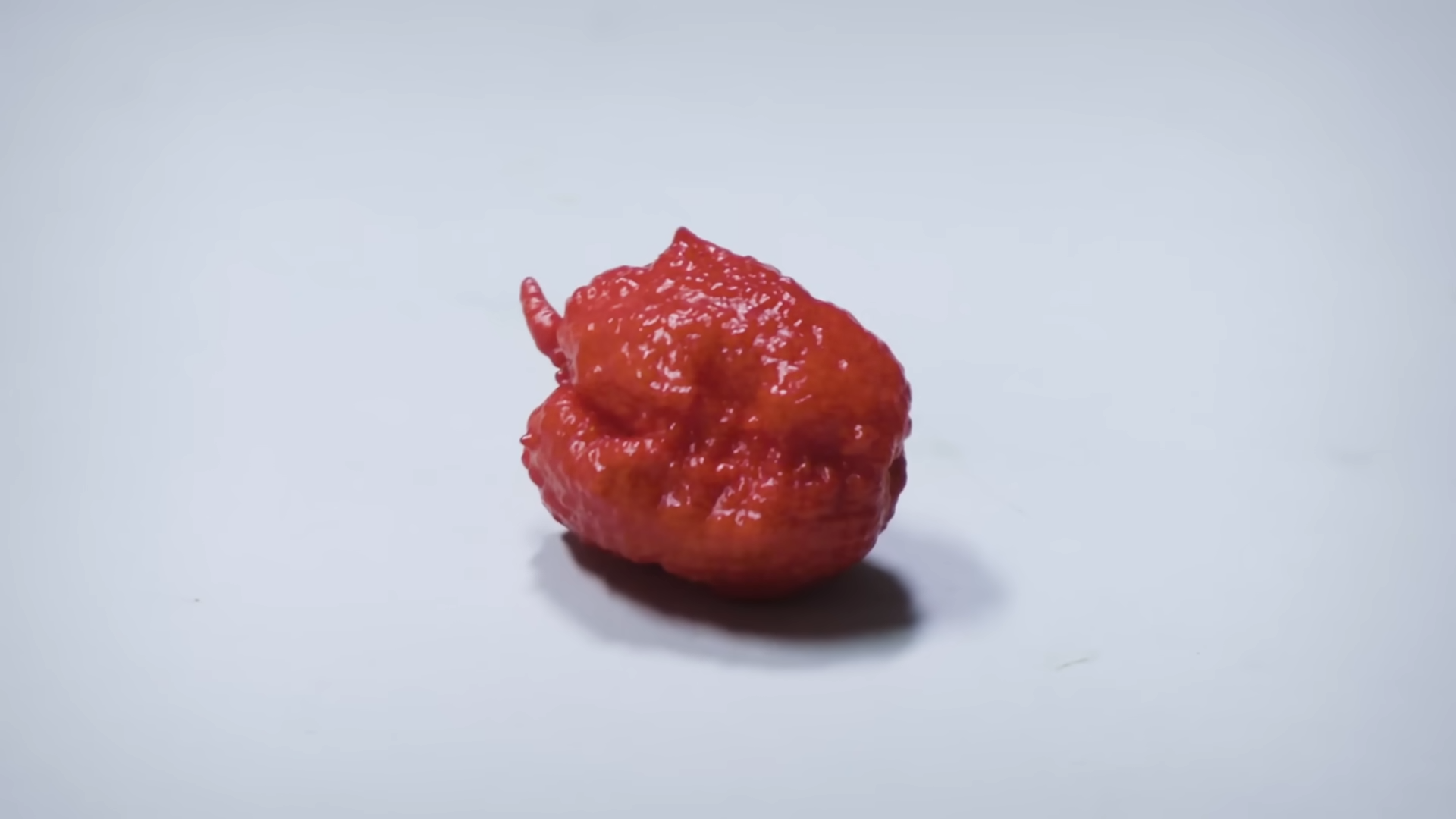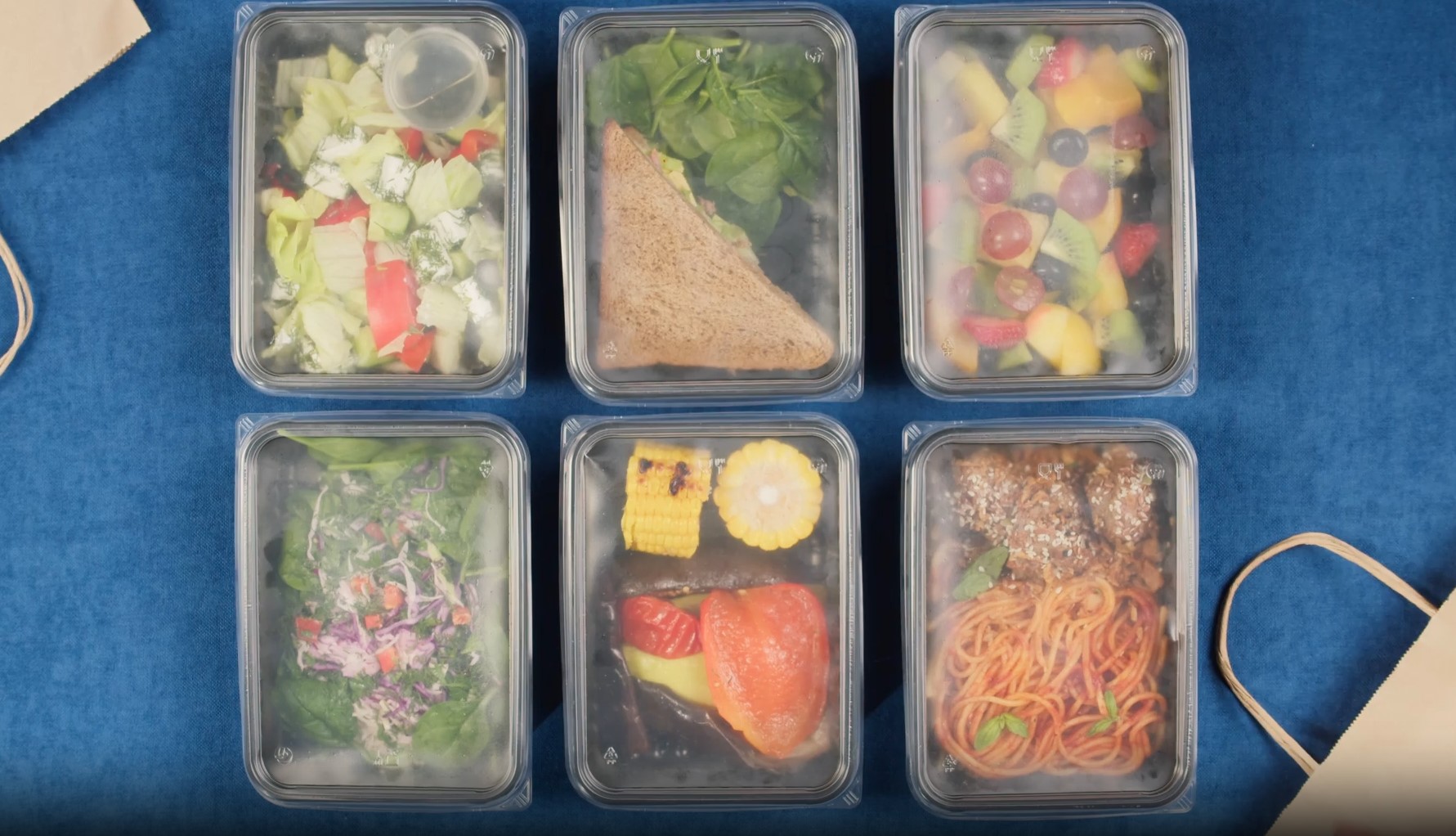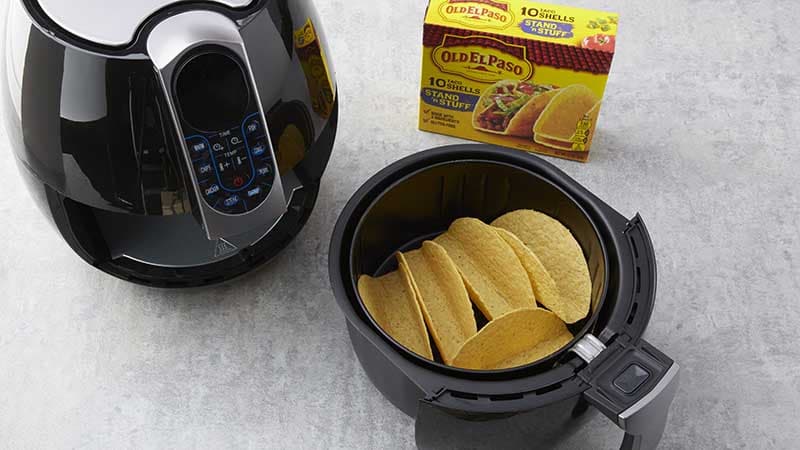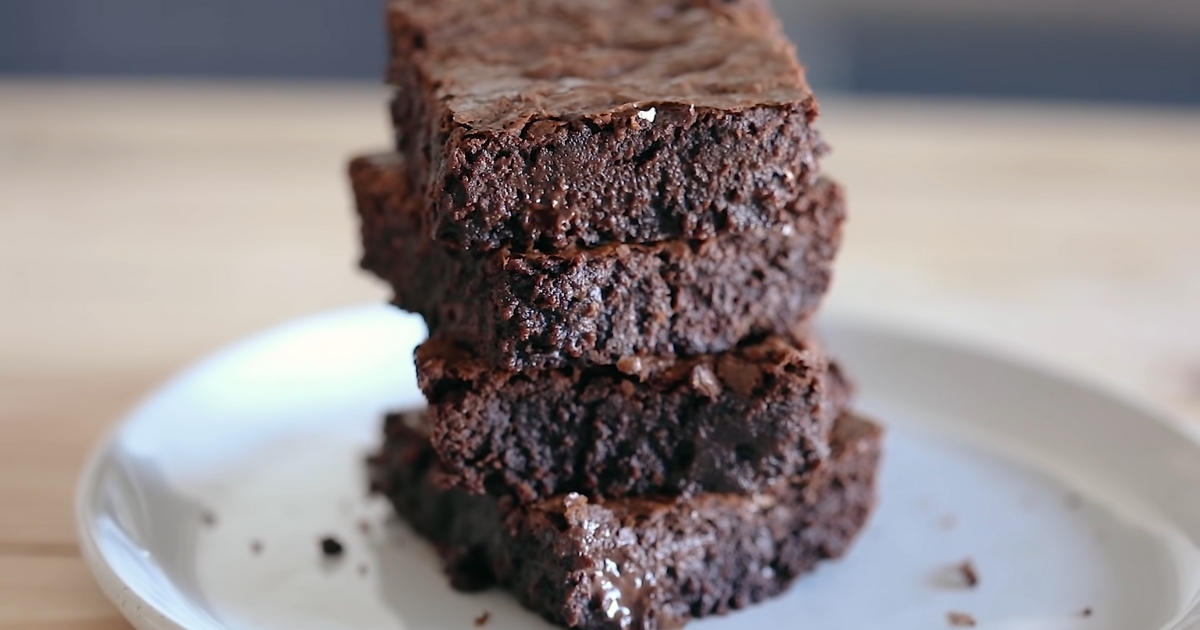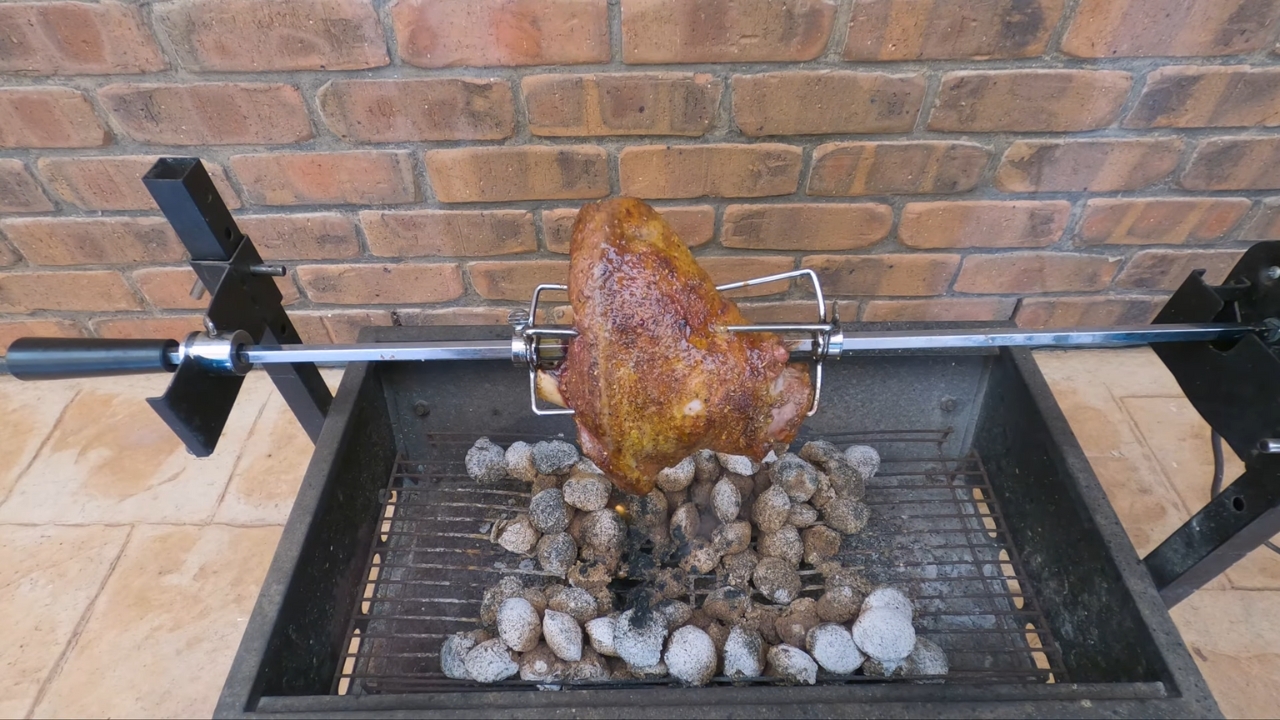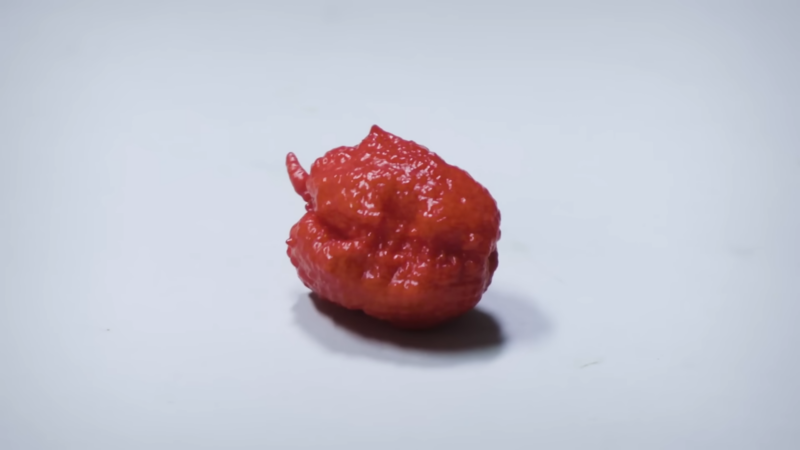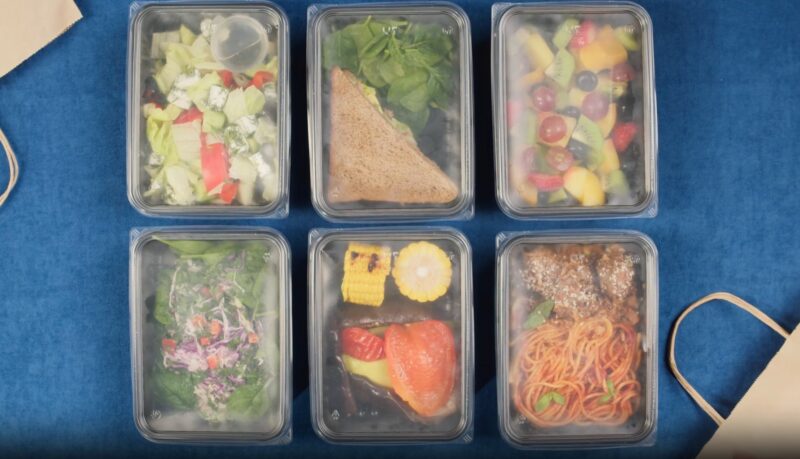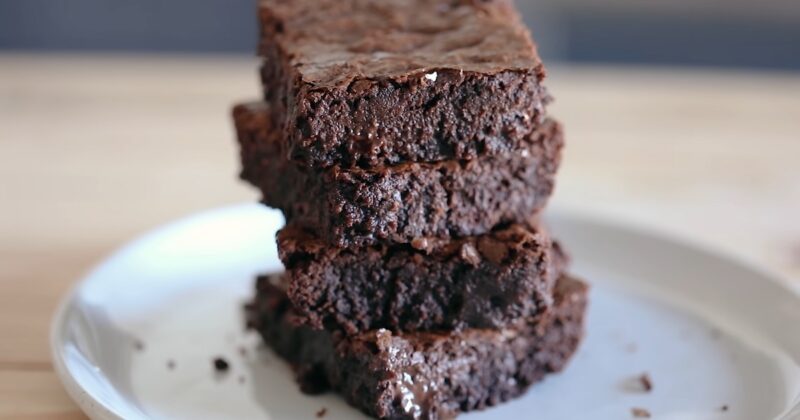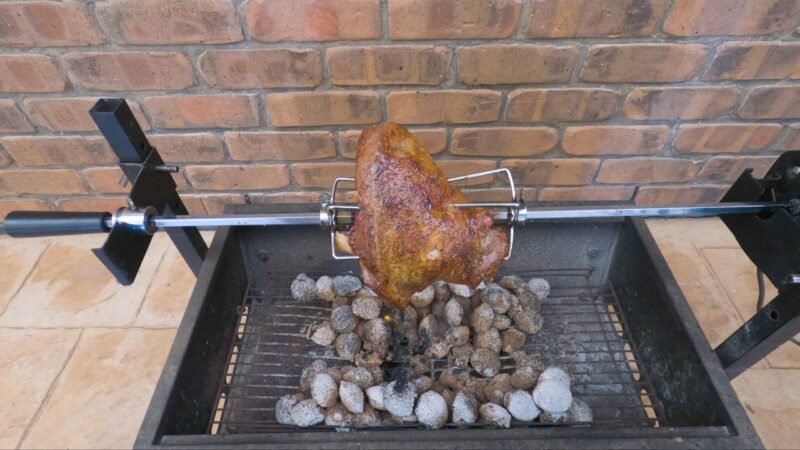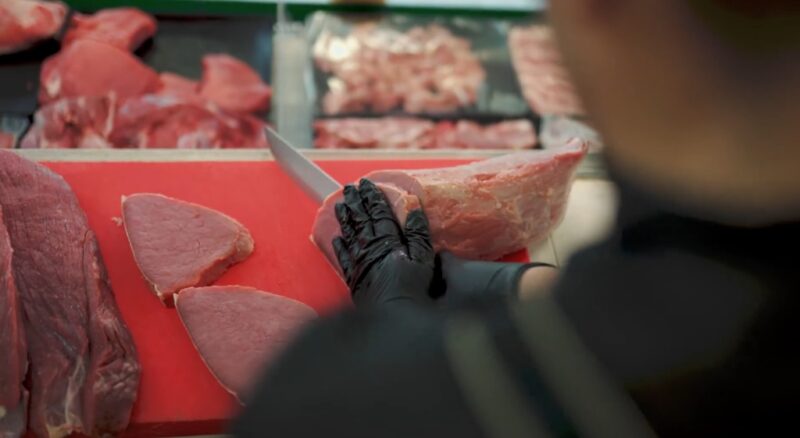
Hello to all the pasta lovers out there! In the vast universe of pasta, Ziti and Penne often stand out as two intriguing varieties.
Both boast a tubular design, making them prime candidates for a variety of dishes. But, as any seasoned pasta lover knows, the devil is in the details. While they might seem similar at a glance, Ziti and Penne have distinct characteristics that influence their culinary applications. From the way they interact with sauces to their traditional roles in regional dishes, there’s a lot to unpack.
In this exploration, we’ll break down the history, the structure, and the best uses for both Ziti and Penne. Whether you’re a seasoned chef or someone just starting their pasta journey, there’s always something new to learn about these two iconic pasta types. Let’s dive into the world of Ziti and Penne and discover what makes each of them unique.
Ziti vs Penne: What’s the Difference
Have you tried going to the groceries and were stuck because you cannot choose between ziti and penne? They look a lot alike that sometimes it gets me confused. It is tricky, but the secret there is to know what dish you are going to make. Each type of pasta has recipes that will suit their kind best.
You dig deeper and learn everything you need to know about ziti and penne.
Origin of Ziti and Preparation
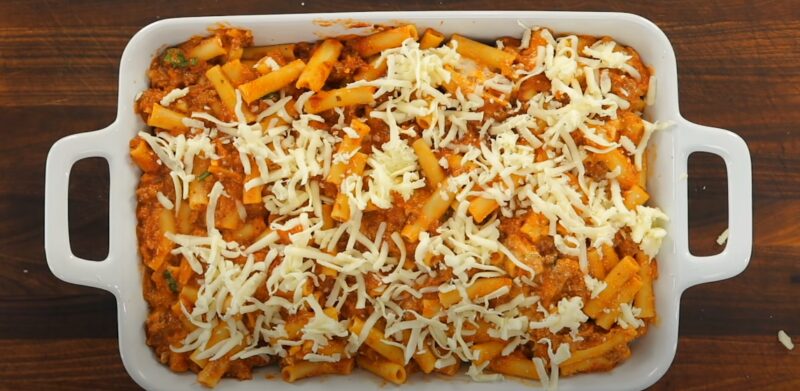
Do you know that ziti comes from the word Zita? Zita in Italy is a young maiden about to get married. Hence, ziti has always been associated with wedding celebrations. Dishes for such occasions call for ziti recipes.
To honor such traditions, people choose ziti pasta over penne. Popular ziti dishes are oven-baked casseroles. Their secret is to make the pasta a little uncooked before adding their favorite ingredients. The moisture and steam from the process complete the cooking of the pasta.
The classic baking method still dominates today, even amongst the versatility of modern recipes. Ziti when served, becomes soft and buttery with every bite.
Origin of Penne and Preparation
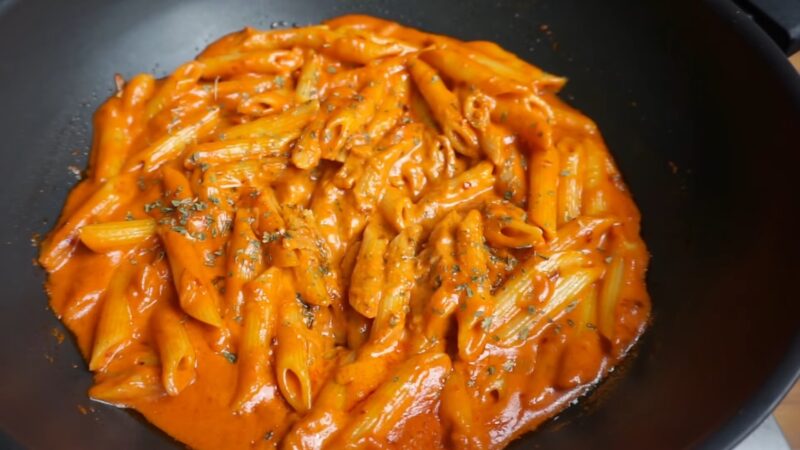
If you take a closer look, penne resembles the shape and size of a pen. Penne is the plural form of pen. Penne pasta’s diagonal shape reminds me of a quill-tipped pen.
The tube-like pasta originates in Campania, Italy. Unlike ziti, we seldom see Penne used for baking. Penne is best when cooked to boiling before mixing with a generous amount of rich, chunky, and creamy sauces.
With this, you can mix penne with any sauce you like and make it a perfect pasta. In food preparation, you can bake and cook penne making it more flexible than ziti. Take note that ziti recipes are always for the baking method. Penne, when served, remains firm, retaining its appetizing look.
Whether you’re simmering it to perfection on the stovetop or letting it slowly come together in a crock pot, penne’s versatility is unmatched, and it can be the star of the show in a simple, yet satisfying meal.
Can you use them interchangeably?
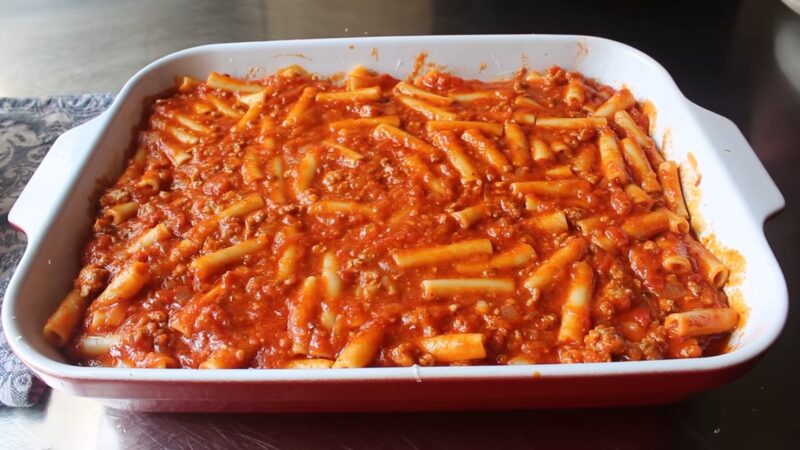
I know you have thought of this many times. In reality, penne and ziti taste the same. The only significant difference is the texture. Simply said, yes, you can use them interchangeably with just a little change of your recipes, exploring a variety of dishes can help you appreciate the nuances between them.
For instance, if you’re looking to expand your culinary repertoire, consider trying out some pasta dishes that highlight the best of what each shape has to offer. Simply said, yes, you can use them interchangeably with just a little change of your recipes
But do you know how the texture affects how the sauce interacts with the pasta? The sauce will react differently with each pasta type:
- A thick sauce needs a thick pasta that will not break that easily on the plate.
- An oily sauce is best for sticky pasta so you can easily move the dish with your fork.
- A watery sauce is suitable for a rigged surface since the sauce sticks to the pasta’s surface more easily.
- A creamy sauce works with a smooth surface since it quickly absorbs the liquid.
In summary, since penne is thick, hollow, and can be both rigged and smooth on the surface, it is best for thick and creamy sauces. But it can also work well with thin sauces.
Meanwhile, ziti pasta is narrower and may not go along with the thick sauce. Therefore, ziti is more suitable for thin sauces.
Best Ziti Recipe: Baked Ziti with Sausage
As for comfort food, this recipe is a family’s favorite. You can make this dish in less than an hour and serve a group of 10.
Ingredients:
- 500 g ziti pasta
- 800 g of your favorite sausage
- 4 cloves of minced garlic
- 1 can crushed tomatoes
- 1 tsp salt
- 1.5 tsp sugar
- ¼ tsp pepper flakes
- 1 cup heavy cream
- ½ cup grated cheese Pecorino Romano or a substitute
- 1/3 cup fresh basil
- 8 oz. whole milk
- 2 cups shredded mozzarella cheese
Instructions:
- Set the oven rack in the mid position and while preheating the oven at 450 deg. F, sauté the crumbled sausage into a pan until lightly browned for 6 minutes. Set it aside.
- Cook garlic until soft and browned for a minute before adding the crushed tomato, salt, sugar, and red pepper flakes. Simmer for 10 minutes.
- Pour in the heavy cream, 1/3 cup of grated cheese, cooked sausage, and basil into the pan, constantly stirring until well mixed.
- Spoon half of the blend in a baking dish and sprinkle half of the shredded mozzarella and grated cheese. Bake uncovered until cheese melted and browned for 15 minutes.
- Sprinkle with basil before serving.
Best Penne Recipe: Penne Pasta with Meat Sauce
This recipe is quick and easy enough for a tight-budget, weekday family meal. Cook this in less than an hour.
Ingredients:
- ½ pound penne pasta
- Salt
- 2 tbsp. oil
- 2 cups chopped onions
- 1 tsp. Italian seasoning
- A dash of red pepper flakes
- ½ tsp. dried thyme
- Salt and ground pepper (per your taste)
- 1 lb. ground beef
- ½ Tsp. basil leaves
- 2 ½ cups tomato sauce
- 1 tsp sugar
- 1 tbsp. parsley
Instructions:
- Cook pasta per package instructions.
- Sauté onions, and garlic, with the seasonings in medium heat. Add the onions, red pepper flakes, and Italian seasoning after. Stir for 5 minutes until onions are soft.
- Add garlic and thyme before seasoning with salt and pepper. Cook for one more minute until the garlic is fragrant. Set aside.
- Stir in the ground beef into a heated pan. Brown the meat evenly.
- Add the browned meat and the tomato sauce with the seasoned onions. With the use of a spatula, stir and mix while breaking down the meat.
- Add basil and sugar; let it simmer for 15 minutes.
- Lastly, add the pasta and adjust the seasoning.
- Sprinkle with chopped parsley before serving.
FAQ
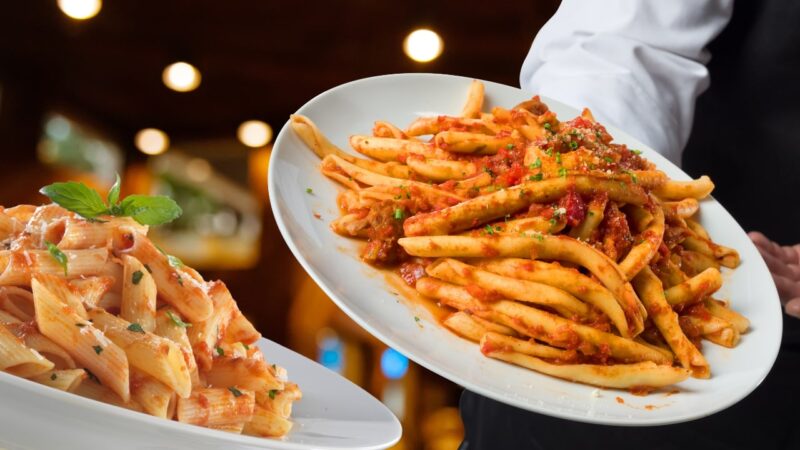
What are some other types of pasta that are similar to ziti and penne?
Some other types of pasta that are similar to ziti and penne include rigatoni, which is a larger and wider version of ziti, and mostaccioli, which is similar to penne but with a more rounded edge cut. Additionally, mezzi rigatoni is a shorter and wider version of rigatoni, and cavatappi is a spiral-shaped pasta that is similar to both ziti and penne in shape.
I’ve heard of Penne Ziti. Is it a combination of the two?
Penne Ziti is a bit of a misnomer. It’s essentially a short tube-shaped pasta cut with a smooth outer surface. The term “penne pasta” can sometimes refer to various tube-shaped pasta, including Ziti. However, traditional Penne and Ziti have distinct characteristics, as mentioned earlier.
Are there any variations of Ziti similar to Penne Rigate?
Yes, there are! While traditional Ziti has a smooth exterior, there are “rigate” variations of Ziti. These variations feature ridges, much like Penne Rigate, designed to hold onto sauces better.
How do Ziti and Penne compare to other tubular pastas like Rigatoni?
Ziti, Penne, and Rigatoni are all tubular pastas, but they differ in size, texture, and cut. Ziti is typically shorter and thicker with a smooth exterior. Penne is known for its angled cuts and can have a smooth or ridged surface. Rigatoni is larger, with ridges and a straight cut, making it ideal for hearty sauces and baked dishes.
Final Thoughts
And there we have it, my wannabe Italians and pasta-loving friends! The showdown between Ziti and Penne.
Both have their unique characteristics and uses in the kitchen. Whether you’re team Ziti or team Penne, one thing’s for sure: a world with pasta is a delicious one.
So, the next time you’re in that pasta aisle, give a nod of appreciation to these two tubular wonders. And remember, the best pasta is the one you enjoy the most. Happy cooking!
Related Posts:
- Top 10 Best Pasta Pots to Make your Pasta Delicious…
- 13 Best Griddle Grill Options in 2023 for Ultimate…
- 15 Best Grill Pans 2023 - Redefine Your BBQ Experience
- 10 Best Mini Fridge Kegerators 2023 - Transform Your…
- 11 Best Pasta Strainer For Your Kitchen 2023 -…
- 5 Amazing Pasta Recipes You’ve Been Looking For -…

